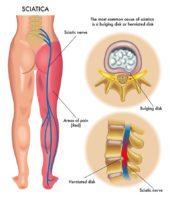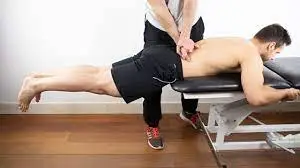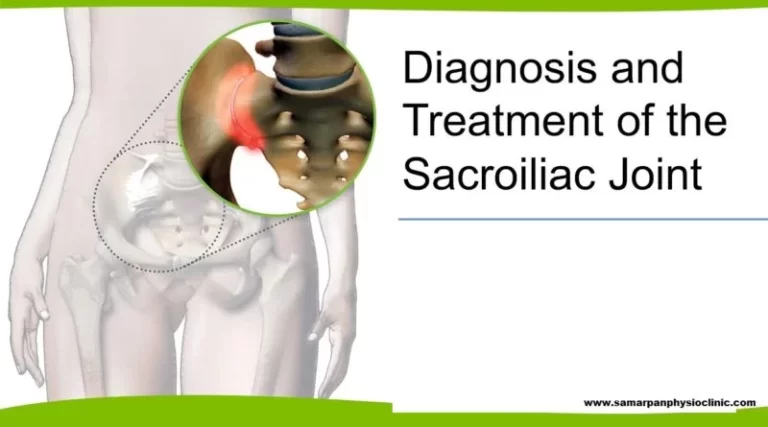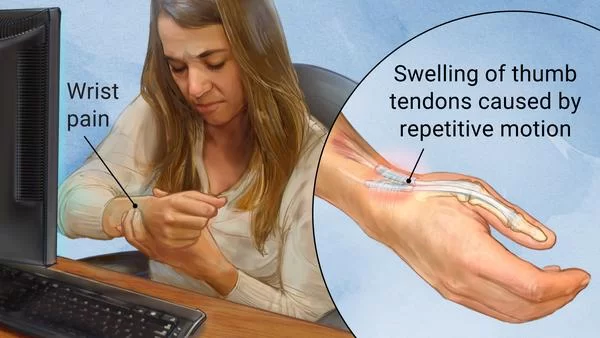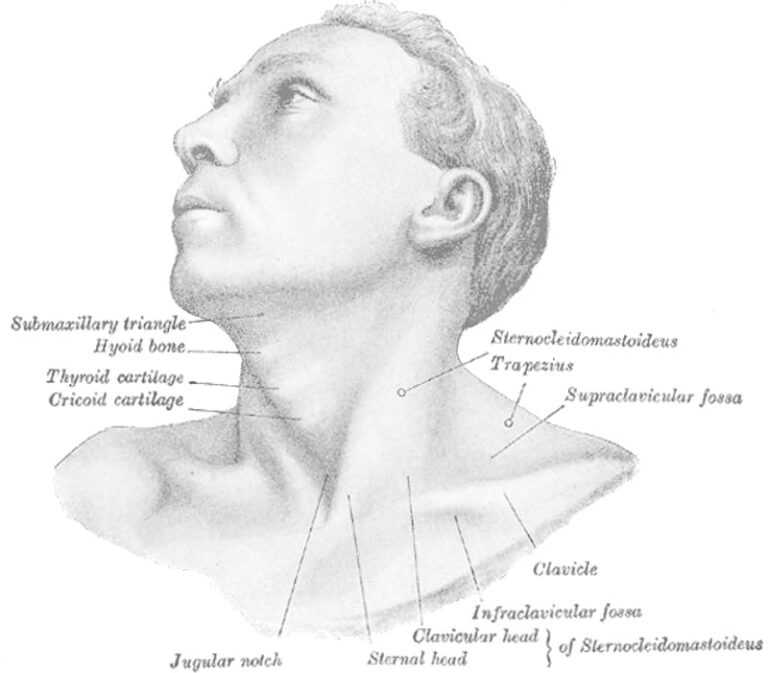Sesamoiditis
Table of Contents
What is a Sesamoiditis?
Sesamoiditis is a painful condition that affects the sesamoid bones, small, pea-shaped bones located within certain tendons in the body, most commonly in the feet. These tiny bones play a crucial role in weight-bearing and the functioning of specific joints, such as the big toe.
When the sesamoid bones become inflamed or injured, it can lead to sesamoiditis, causing pain, swelling, and limited mobility. This condition is often associated with activities that place repetitive stress on the feet, such as running or dancing, and can be challenging to manage without proper care and treatment.
In this overview, we will delve deeper into the causes, symptoms, diagnosis, and treatment options for sesamoiditis to provide a comprehensive understanding of this condition.
Introduction
Sesamoid comes from the Latin “Sesamum”, meaning “sesame seeds” (because of the small size of sesamoid bones). These bones display a greater degree of variability in size, location, penetrance, and anatomical connection to the main skeleton across vertebrate species. Sesamoiditis is a chronic injury, caused by occasional pressure and outcome in irritation and painful inflammation of the nearby tissues.
Sesamoiditis is an inflammation near the sesamoid bone under the ball of the foot which is frequently accompanied by swelling. The sesamoid bones are tiny pieces of bone underneath the hallux (big toe They perform as pivots for the tendons that bend the hallux.
The 2 sesamoid bones are named medial and lateral. The medial sesamoid bone is where inflammation happens most usually as this is where the impact of walking may happen. This is also the main attachment location for the flexor tendons which pull the big toe down during the gait cycle. Sesamoiditis induces pain, making it painful to walk.
How does sesamoiditis happen?
- While most bones in the body are linked to other bones, sesamoid bones are unusual in that they are only connected to tendons.
- They interact with the tendons as they move and are subject to the same stress from the same movements.
- Sesamoid bones exist in the feet, hands, and knees, but sesamoiditis always tends to the foot bones.
- These bones take the extra stress of shock absorption from walking.
- The sesamoid closer to the middle of the foot, the medial sesamoid, bears more of this stress and is more often affected, but the tibial sesamoid may be affected too.
Clinically Relevant Anatomy
The sesamoid bones are implanted in tendons, either in tight relation to joint surfaces and forming an essential part of the articulation as in the patella and the hallux and pollicis sesamoids, or where tendons are smartly angled over a bony surface.
The sesamoids act together as a fulcrum to improve the angle of application and increase the efficiency of the flexor hallucis longus tendon’s function. This also stabilizes the hallux. The sesamoid gives both protection and shock absorption for both the joint and tendon. The Great toe is most usually affected which contains 2 sesamoid bones, the tibial and fibular sesamoids.
Sesamoid Bone in the distal end of the 1st metatarsal of the foot
Causes of Sesamoiditis
Pathological conditions including the sesamoid are unusual and generally of post-traumatic or degenerative etiology. There are additional causes of sesamoiditis, for example, damage to the sesamoid bones, a deformation of the metatarsal phalangeal joint, or gout.
Other elements that have an unfavorable influence on the evolution of sesamoiditis are:
- Osteoarthritis.
- Osteoporosis.
- Walking on high heels or Boots marching.
- People with higher arches, flattened arches, and bony feet.
- Increased in body weight or training load.
- Individuals who have a tendency to run on their forefoot.
- The length of the sesamoids (the bigger, the higher the risk).
- High-impact sports (volleyball, running, gymnastics, etc.).
Other causes
- Sesamoiditis is generally caused by overuse of the tendons that interact with the sesamoid bones in the foot.
- Runners, dancers, and athletes get it from over-practicing motions that transfer weight to the ball of the foot. Individuals who wear high heels, who have very high arches or very flat feet, or who walk with an inward roll may get it just from walking.
- Rarely, it may also be a side effect of gout.
What are the Symptoms of Sesamoiditis?
Sesamoiditis from overuse develops slowly. A person can notice a dull ache under the big toe that builds until it becomes difficult to walk. Symptoms may involve:
- Pain under the big toe.
- Difficulty bending the big toe.
- Difficulty bearing weight or walking.
- Swelling.
- Redness.
- Bruising.
Who is at risk for sesamoiditis?
Anyone may get it, but individuals whose regular activities cause more repetitive stress to the tendons and sesamoid bones in the feet are more tends to get it. This involves:
- Dancers.
- Runners.
- Athletes.
- People who wear high heels.
- People with high arches.
- People with flat feet.
- Individuals who walk with a slight inward roll of the foot (overpronation).
- People with gout.
Diagnostic Procedures
The diagnosis of sesamoiditis should be depends on the symptoms. These are inflammation and swelling, situated at the inferno-medial aspect of the ball of the hallux. This causes painful motion of the hallux. However, clinical reproduction of the intensity of the symptoms is not always successful, which can contribute to an inconclusive diagnosis. The problem is that sesamoiditis can be connected with bursitis, tendinosis, and tenosynovitis.
To complete the diagnosis the use of several imaging methods is suggested:
- X-ray.
- MRI.
- CT-scan.
- Bone scan.
- When a stress fracture is suspected, a bone scan or a CT scan is seen as more reliable in confirming the diagnosis than an X-ray and MRI.
- The 2nd method to support the diagnosis of sesamoiditis is the use of the Passive Axial Compression Test (PAC).
- This maneuver should be particular for the sesamoids as all other soft tissues about the plantar aspect of the 1st metatarsophalangeal joint are in a relaxed position.
- This test is useful for the physiotherapist to complete his diagnosis of sesamoiditis.
Examination
At the time of an examination, the physiotherapist will look for tenderness at the site of the sesamoid bones. To perform this physiotherapist can manipulate the bone slightly or ask the patient to bend and straighten the large toe and look for intensified pain.
Differential Diagnosis
Damage to the sesamoids, like fragmentation, can outcome in inflammation. Therefore, sesamoiditis may mimic tenosynovitis and to optimize the patient’s care, the clinician should be aware of this. Also, bursitis and tendinosis have identical symptoms.
Outcome Measures
As mentioned in the diagnostic procedures the passive axial compression test (PAC) may be used as an outcome measure. Also imaging methods, like a bone scan and ST scan are reliable outcome measures.
For postoperative result measures, several instruments may be used:
- The Short Form-36 (SF-36);
- Foot Function Index Disability Scale (FFI);
- Visual analog scale (VAS).
Medical Treatment
The primary management for sesamoiditis is conservative. This involves rest in combination with ice and the use of padded insoles to reduce pressure on the affected zone. The patient should take NSAIDs to decrease the swelling or should receive local corticosteroid injections in the metatarsophalangeal joint.
Particular therapy for gout has to be given if this appears to be the cause.
Generally, the treatment of sesamoiditis is noninvasive, but a Sesamoidectomy is suggested when the conservative therapy fails and symptoms persist for more than 4-6 months.
Physiotherapy treatment
Stretching Exercises for Sesamoiditis
Soleus Stretch For Sesamoiditis
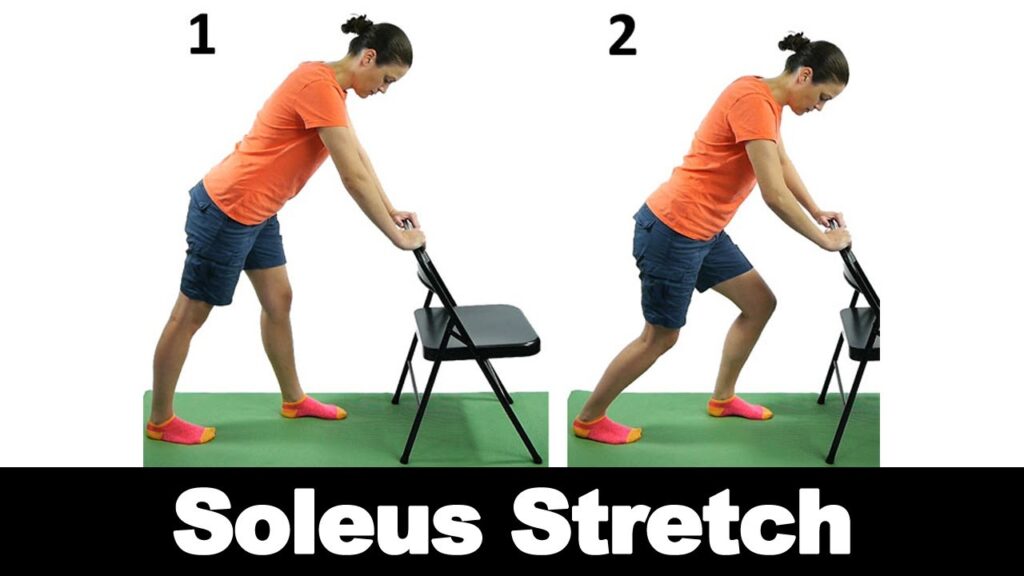
- Start with standing upright with the affected leg behind you
- Flex the back leg while keeping the heel on the floor
- Stop and hold when a person feels a pull on the back of the leg
- Keep for 45 seconds
- Repeat 3-4 times daily.
Gastrocnemius Stretch For Sesamoiditis

- Start with standing upright with the affected leg behind you
- Maintain the knee straight on the leg behind with a slight bend on the knee in front
- Push forward on the front leg while holding both heels on the floor
- Stop moving forward once a person experiences a stretch on the back leg
- Keep for 45 seconds
- Repeat 3-4 times daily.
Big Toe Stretch For Sesamoiditis
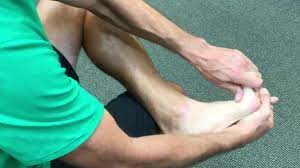
- Place the big toe up on top of a rolled towel
- Bend the knee forward until you feel a stretch under the foot.
- Keep the foot flat on the floor for the entire stretch
- Keep for 45 seconds
- Repeat 3-4 times daily.
Strengthening Exercises For Sesamoiditis
FHL Strengthening For Sesamoiditis
- In a long sitting position, put a band around the big toe
- Keep the band in the hand and flex the big toe against the resistance of the band
- Gradually return to the starting position to complete one repetition
- Repetitions: 15
- Sets: 3
- Frequency: Once daily
Calf Raises On A Cushion
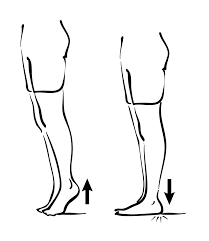
- Start with standing upright with the knees straight on a cushion
- Maintain this knee position while lifting both heels off the floor
- Keep at the top of the range for 45 seconds
- Gradually return to the starting position to complete one repetition
- Repetitions: 15
- Sets: 3
- Frequency: Once daily
Toe Crunches for Sesamoiditis
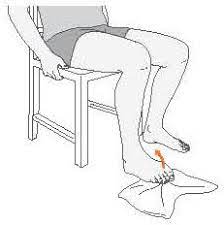
- Start with sitting with the feet flat on a piece of paper towel
- Gradually try to dome the foot by lifting the forefoot and flexing the toes
- Gradually return to the starting position to complete one repetition
- Repetitions: 12
- Sets: 3
- Frequency: Once daily
Balance Exercises for Sesamoiditis
Single Leg Balance for Sesamoiditis
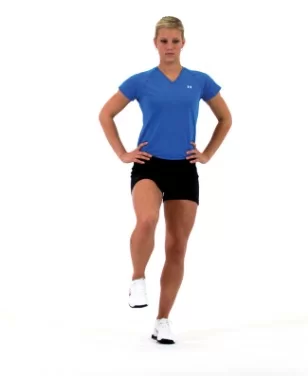
- Start with standing, take the unaffected foot off the floor
- Set the eyes on a point on the wall
- Maintain this placement for the desired amount of time
- Hold: 60 seconds
- Sets: 3
- Frequency: Once daily
Single Leg Balance on a Pillow for Sesamoiditis
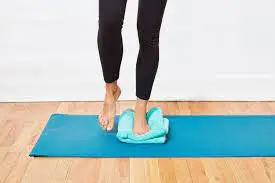
- Start with standing on a cushion, take the unaffected foot off the floor
- Set the eyes on a point on the wall
- Keep this position for the desired amount of time
- Hold: 60 seconds
- Sets: 3
- Frequency: Once daily
FAQ
The big toe and other tissues of the foot and ankle may be impacted by sesamoiditis and gout. Although they have certain symptoms in common, the two illnesses are fundamentally distinct. Gout is an inflammatory disorder associated with heredity, food, and other risk factors, whereas sesamoiditis is an overuse injury.
The following techniques can often be used to treat your sesamoiditis at home:
Rest your foot by cutting back on or stopping painful activities like dancing and jogging.
Apply ice for 10 minutes every three hours to minimize swelling.
Try taking pain relieving medicine such as ibuprofen (Advil) if you experience foot pain.
The pain from metatarsalgia is centered on the patient’s metatarsal heads and does not shift when the patient actively flexes his or her toes, unlike the pain from sesamoiditis, which does. Sesamoiditis is another prevalent cause of forefoot discomfort.
For Sesamoiditis, orthotics are especially recommended to assist in shifting weight away from the painful Sesamoid and onto the arch or the non-painful metatarsal heads. An orthotic that closely mimics the arch of your foot is necessary for this. Total contact foot orthotics are what these are known as.
A dull, persistent discomfort under the big toe joint is frequently linked to sesamoiditis. The discomfort is intermittent, frequently worsened by particular weight-bearing activities or when wearing particular shoes. When the tendons around the sesamoids are irritated or inflamed, pain results.
References
Sesamoiditis. (n.d.). Physiopedia. https://www.physio-pedia.com/Sesamoiditis
Professional, C. C. M. (n.d.). Sesamoiditis. Cleveland Clinic. https://my.clevelandclinic.org/health/diseases/21671-sesamoiditis
Sesamoiditis – Foot – Conditions – Musculoskeletal – What We Treat – Physio.co.uk. (n.d.). https://www.physio.co.uk/what-we-treat/musculoskeletal/conditions/foot/sesamoiditis.php
McCormack, J. (2022, December 4). Sesamoiditis Exercises. James McCormack. https://james-mccormack.com/advice-centre/sesamoiditis-exercises/


